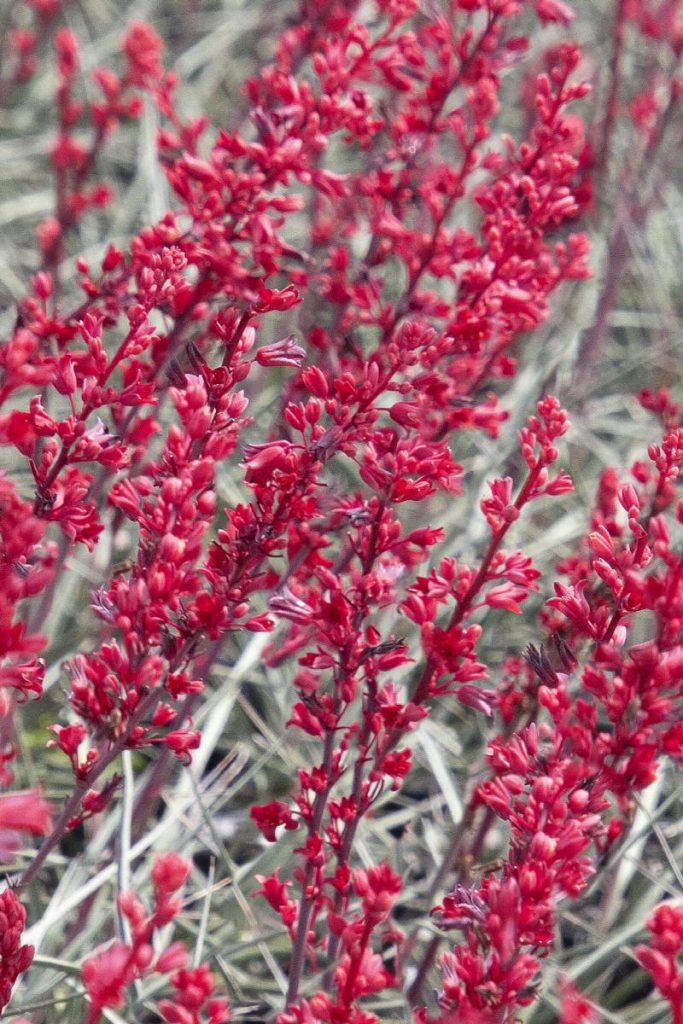
10 Beautiful Spring flowers to Brighten Your Garden
Primrose

Adorned with delicate yellow petals and crisp, crinkled foliage, the enchanting primrose, a native of Britain, is a cherished harbinger of spring. Over time, primroses form clumps that can be divided and propagated throughout the garden for a more impressive display. Under optimal conditions, primroses will also self-seed, imparting a more natural aesthetic to your garden borders. Cultivated varieties, known as “polyanthus,” bloom in a spectrum of hues, including vivid purple, red, and pink.
for best results, plant primroses in moist soil with partial shade, alongside companions like forget-me-nots and snowdrops.
Snowdrops

Snowdrops can herald the arrival of spring as early as january. Varieties include the Galanthus nivalis species and larger cultivars with diverse flower shapes, such as Galanthus ‘S. Arnott’ and Galanthus elwesii ‘Abington Green.’ Snowdrops gradually form clusters, making it easy to dig them up, divide, and replant for a larger display. Plant snowdrops “in the green” after they’ve flowered in March and April for optimal results.
Crocus

Crocuses, some of the most vibrant spring blossoms, provide early queen bumblebees with an abundance of pollen. Though predominantly purple, crocuses also come in yellow and white varieties. They are best planted in the fall and thrive in full sun with moist but well-drained soil. Crocuses, being corm-like bulbs, can be cultivated in pots, at the front of borders, or as lawn naturalizations.
Daffodils

Would spring truly be spring without daffodils? These bright yellow flowers bloom even in the harshest weather, bringing a burst of color to the garden when other flowers are scarce. There are numerous types of daffodils, or narcissi, to grow, including early- and late-flowering varieties, tall types, dwarf “Tete-a-Tete” daffodils, and varieties with white and salmon-pink flowers. To enjoy daffodils from february to May, plant a mix of early and late-flowering varieties. They thrive in moist but well-drained soil in full sun.
Hyacinth

Hyacinths, once popular for their pot displays and strong fragrance, have fallen out of favor due to their slightly outdated appearance. Nevertheless, they offer an early burst of spring color and scent in white, pink, and purple varieties. Hyacinths thrive in full sun and moist but well-drained soil.
Tulips

Tulips, with their myriad colors, shapes, and sizes, are among the most beloved spring flowers. Choose tulips in bright hues for a cheerful arrangement, or pair burgundy and white tulips for a more dramatic effect. Peony-flowered and frilled tulips offer a unique look. Though not favored by pollinators, tulips add value to springtime pot and border displays. Plant them in full sun, in moist but well-drained soil.
foxglove

foxgloves bridge the gap between spring and summer bloomers, flowering from spring into summer. Typically adorned with tubular, pinkish-purple flowers with beautiful spots inside, foxgloves also come in white and orange varieties. While perennial foxgloves are becoming more common, most are biennial, blooming and setting seed in their second year. Grow foxgloves in moist, well-drained soil in either sun or shade. Biennial plants readily self-seed.
Wallflowers

Wallflowers are commonly used in spring bedding arrangements. Since most are biennial, sow them in late spring for blooming the following spring, or purchase bare-root wallflowers for fall planting. Wallflowers are available in yellow and dark red. They thrive in moist, well-drained soil with full to partial sun.
Lungwort

The charming perennial herbaceous plant known as lungwort can endure more shade than other spring flowers. Named for the spots on its leaves, which resemble diseased lungs, lungwort flowers in pink or purple hues. The hairy-legged flower bee, an early spring pollinator, is particularly fond of lungwort. Combine lungworts with wildflowers and forget-me-nots for a natural spring appearance.
Hellebores

Hellebores bloom from late winter to early spring, offering a range of flower colors from white to pink and deep purple. There are many hellebores to try, from the later-flowering hellebore hybrids to the earliest-flowering Christmas rose, Helleborus niger. Taller varieties, such as Helleborus foetidus, are better suited for larger beds and planting plans. Hellebores thrive in moist soils with some shade.

